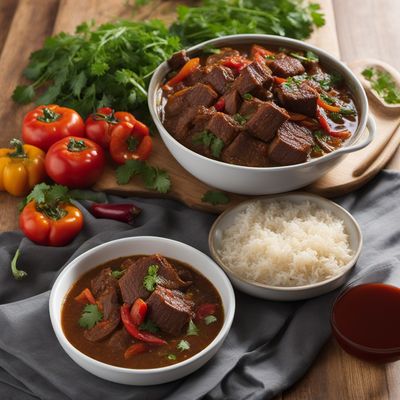
Ingredient
Beer, light
"The Refreshing Elixir: Exploring the World of Light Beer"
Light beer is characterized by its pale golden color, light body, and mild flavor. It is brewed using a combination of malted barley, water, hops, and yeast, with a focus on reducing the calorie and alcohol content compared to regular beer. The brewing process involves fermenting the ingredients at lower temperatures and using specific strains of yeast to achieve a lighter and more delicate flavor profile. Light beer typically has a lower alcohol content, ranging from 3% to 4.2%, and a milder taste compared to its full-bodied counterparts. Its effervescence and smooth texture make it a refreshing choice, especially during hot summer months.
Origins and history
The concept of light beer originated in the United States in the mid-20th century as a response to the growing demand for lower-calorie alcoholic beverages. The first commercially successful light beer was introduced in the 1960s, and its popularity quickly spread across the country. Over the years, light beer has become a staple in the beer industry, with various breweries offering their own versions to cater to health-conscious consumers.
Nutritional information
Light beer is known for its lower calorie content compared to regular beer, typically containing around 90-100 calories per 12-ounce serving. It also has a lower alcohol content, usually ranging from 3% to 4.2%.
Allergens
Light beer may contain allergens such as barley, wheat, or other grains used in the brewing process, making it unsuitable for individuals with gluten intolerance or allergies to these ingredients.
How to select
When selecting light beer, look for fresh and well-packaged options. Check the expiration date and ensure that the cans or bottles are not damaged or dented. Additionally, consider trying different brands to find the one that suits your taste preferences.
Storage recommendations
To maintain the freshness and quality of light beer, store it in a cool and dark place, away from direct sunlight or heat sources. Keep it refrigerated if possible, as exposure to higher temperatures can affect its flavor and carbonation.
How to produce
Producing light beer requires specialized brewing equipment and knowledge of the brewing process. It is best left to professional breweries with the necessary infrastructure and expertise.
Preparation tips
Light beer is typically enjoyed straight from the bottle or can, chilled to enhance its refreshing qualities. It can also be poured into a glass, allowing the aromas to be released and the flavors to develop further. Light beer pairs well with a variety of foods, including grilled meats, salads, seafood, and light appetizers. Experiment with different food pairings to find your preferred combination.
Culinary uses
Light beer is commonly used in cooking to add depth and flavor to dishes such as beer-battered fish, beer cheese soup, and beer-infused marinades for meats. It can also be used as a base for beer cocktails or enjoyed on its own as a refreshing beverage.
Availability
Light beer is widely available in most regions and countries where beer is consumed. It can be found in grocery stores, supermarkets, liquor stores, and bars.





